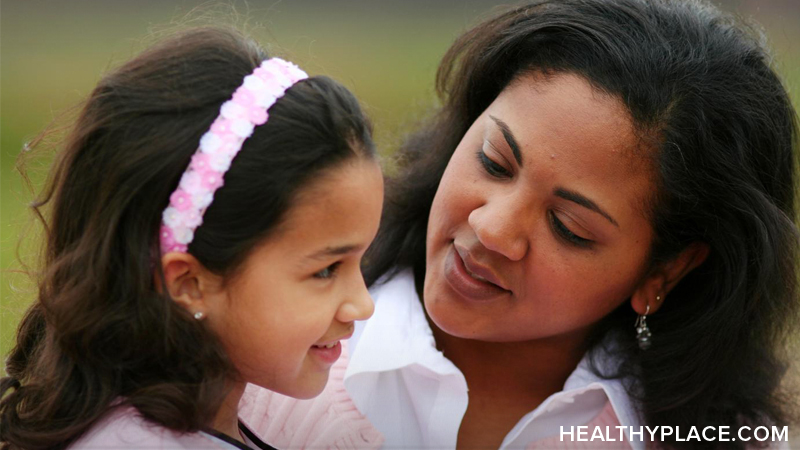Treatment of Child Sexual Abuse and Sexual Abuse Recovery

People recover from child sexual abuse every day but most require treatment for child sexual abuse. Unfortunately, most won't receive sexual abuse therapy until they are adults, as only about 30% of child sexual abuse is reported by children. Nevertheless, there is treatment for child sexual abuse available for both children and adult survivors of sexual abuse.
Stages of Sexual Abuse Recovery
It is recognized by mental health professionals that there are stages to sexual abuse recovery. While people may jump from stage to stage and not necessarily process things neatly in discrete stages, there are basically three steps to sexual abuse therapy and recovery. These steps are experienced somewhat differently by children and adults.1
- Goals and Basic Safety
- Get a “roadmap” of treatment and set goals
- Establish safety within one’s body and life
- Tapping into one’s inner strength and other supports for healing
- Learning how to manage sexual abuse symptoms
Stage one is not about processing memories of the sexual abuse but rather preparing the person and strengthening her (or him) to the point where she will be able to process those memories.
- Remembrance and Mourning
- Reviewing and discussing memories to lessen their impact
- Working through the grief about the abuse and the negative effects it has had on one’s life
Sexual abuse therapy, at this stage, is often eye movement desensitization and reprocessing (EMDR) or prolonged exposure (PE). (More about these therapies below.)
- Reconnecting
- Reconnecting with people, activities and other meaningful aspects of life
Types of Sexual Abuse Therapy
There are several types of sexual abuse therapy and many therapists incorporate components from multiple types. For children and adolescents, three general types of therapy are common:
- Family therapy – needed in many cases but young children particularly require the intense participation of the caregivers.
- Group therapy – more common for adolescents who are more independent
- Individual therapy
The type of treatment of sexual abuse chosen and the specifics of what will happen in that therapy depends on many factors including the age of the victim and the type and severity of the sexual abuse. Art therapy is commonly used with young children who have trouble expressing what happened directly.
For adults, those three types of sexual abuse therapy are also options but there may be specific therapies applied on top of those general types. The therapies for sexual abuse most well-studied include:
- Dialectic behavioral therapy (DBT) – designed to help people that are having problems regulating emotions and with self-destructive tendencies – common in people who have been sexually abused.
- Eye movement desensitization and reprocessing (EMDR) – involves the rapid reprocessing of traumatic memories to reduce their influence, without the in-depth discussion seen in other types of therapy.
- Prolonged exposure (PE) – involves the detailed narration of sexual abuse events in a safe setting in order to fully incorporate new ways of thinking about the memories and realizing the old events can no longer hurt the victim.
No matter the chosen therapy, sexual abuse recovery is possible at any age.
APA Reference
Tracy, N.
(2021, December 17). Treatment of Child Sexual Abuse and Sexual Abuse Recovery, HealthyPlace. Retrieved
on 2024, April 26 from https://www.healthyplace.com/abuse/child-sexual-abuse/treatment-of-child-sexual-abuse-sexual-abuse-recovery



